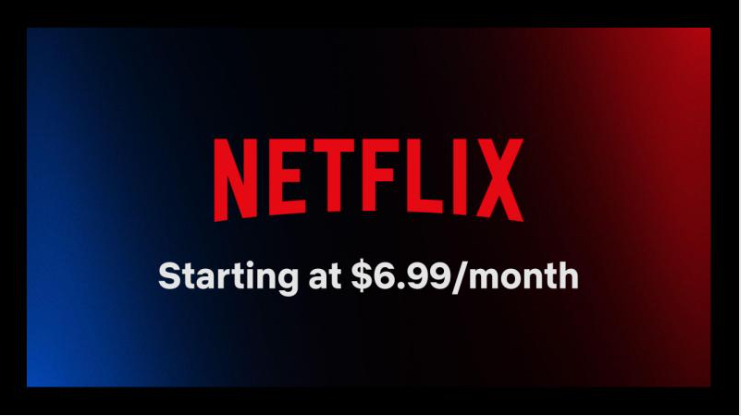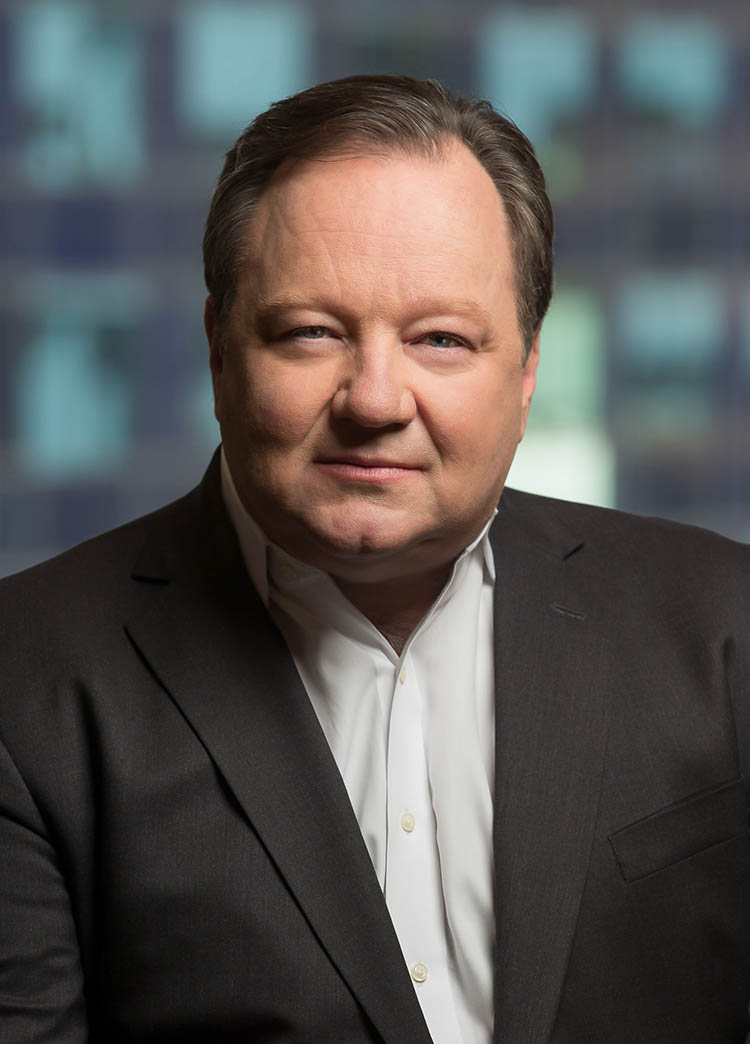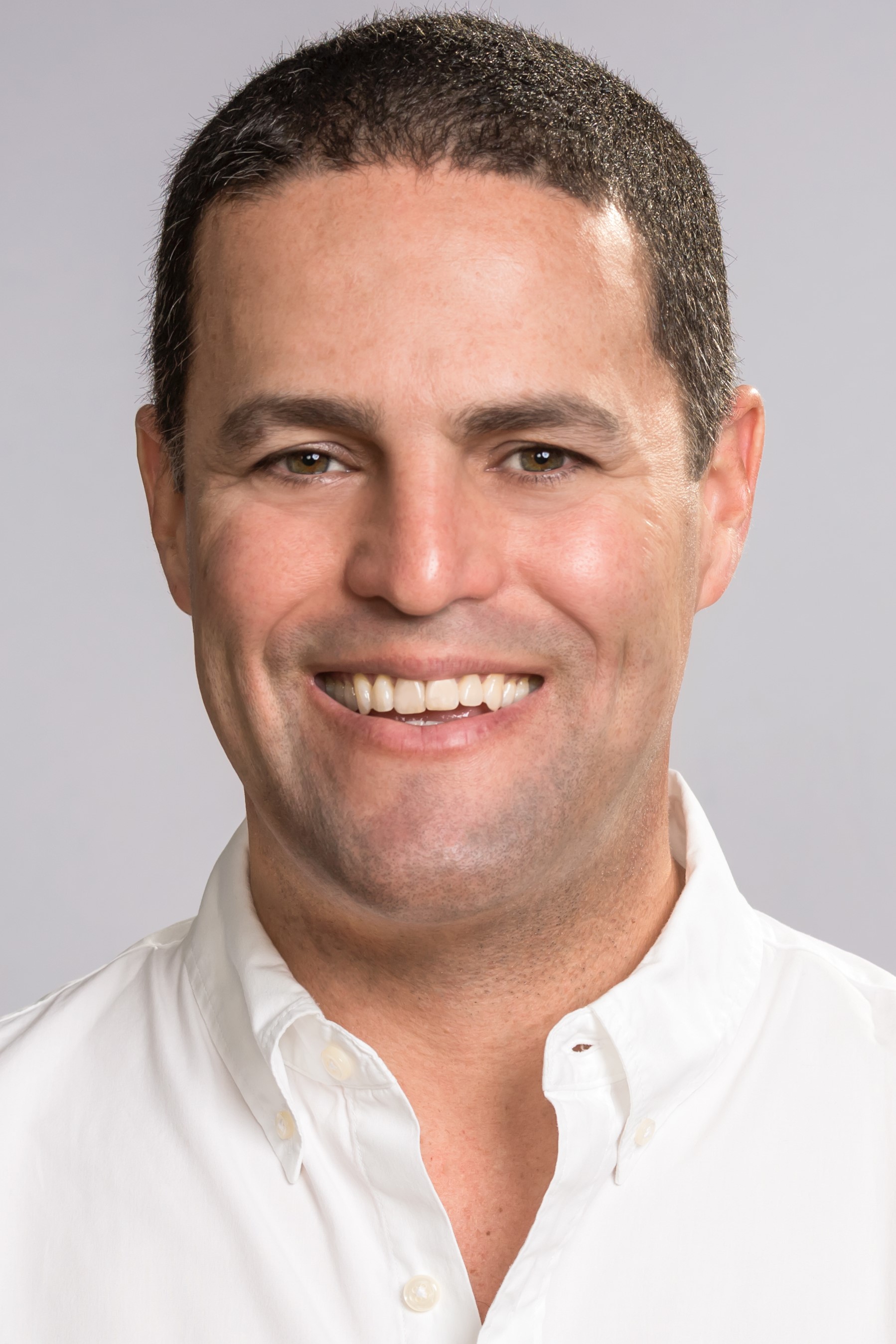Madison Avenue Tunes In as Netflix Launches Ad Tier
Ad industry is ready for new entrant

Netflix, which became inordinately popular by streaming shows without commercials, jumps into the advertising business Thursday with its new, low-priced Basic With Ads tier.
Media buyers and advertisers, worried that there were vast swaths of viewers they couldn’t reach, are signing up to sponsor Netflix. And ad-supported rivals say they welcome the challenge.
“Netflix is arguably the largest premium video entity in ‘TV,’ so to start to have access to that audience is — or should be — enticing to literally every premium video advertiser,” said one media agency executive who has bought advertising on Netflix for their clients.
“That said, the AVOD tier will not be large to start,“ the buyer said. ”And as we’ve seen from Peacock and HBO Max, the prices for ads on those services start high since there is scarcity of scale at launch, but prices come down as scale and need for ad spend increases. So while we are excited long term by the potential with Netflix, there is not a short-term rush.”
Sprinting at the Start
Netflix has gotten its ad business up and running with remarkable speed, hiring Microsoft and Xandr — the advanced advertising company Microsoft bought from AT&T — to provide ad tech.
The ad operation appears ready to go, but will start off with a relatively basic offering with delivery based on Nielsen’s people 2 and up measure, no targeting and limited brand-safety measures, the buyer said.
Netflix declined to make one of its advertising executives available for this story.
Broadcasting & Cable Newsletter
The smarter way to stay on top of broadcasting and cable industry. Sign up below

On a press call last month, Jeremi Gorman, recently named president, worldwide advertising for Netflix, said interest in advertising on Netflix has been “amazing'' at the outset.
“I’m pleased to say that we will have hundreds of advertisers worldwide for launch, from major automakers to CPG companies, leading travel, retail and luxury brands,“ Gorman said. ”And in fact, we’ve nearly sold out all of our inventory for launch. We’ve built our ads products to ensure that advertisers have an incredible experience as do our members.”
Anheuser-Busch InBev, LVMH Moët Hennessy Louis Vuitton and L’Oréal are reportedly among early Netflix sponsors.
During Paramount Global’s earnings call Wednesday, Paramount CEO Bob Bakish was asked about what competition from Netflix would mean, particularly as the market for digital advertising has turned sluggish.
“It really validates again what we've long believed: that ads are a critical component of a broad streaming model,“ Bakish said. ”We have a totally free product in Pluto, and we have a lower-priced product in Paramount Plus Essentials. Those are enabled by ad sales, and they broaden consumer access and consumers make choices. Some pay more, some pay less, and advertising helps you do that. So again, validation of our strategy.”
Also Read: Roku Hammered Again as Ad Revenue Experiences Another Setback
Bakish said advertisers care about the content in which they run commercials. “They want to be wrapped around popular content, but they want to also get the right mix of reach and frequency. It's not just reach, it's also frequency. And we have an integrated server that lets us deal with that,” he said.

“So yeah, there’s new entrants. The ad market has always been competitive. We feel great about our position. We've been there for decades. We have an industry unique portfolio. No one else has a broadcast network, FAST and a high-growth subscription streaming service, all wrapped around really the suite of content we have,” Bakish said. “So it's not about a new entrant. I think in the near-term, it's really about the state of the market the whole thing is going to pivot on. But we're not surprised they're joining the market, and we're happy to compete with them.”
Generally speaking, ad-tech executives were eager to see Netflix in the ad business, whether as a rival or as a potential partner.
“There are few things more enticing to marketers than high-quality video supply with innovative ad formats and rich measurement capabilities,” David Cohen, CEO of the Interactive Advertising Bureau and a former media buyer, said.
“Netflix entering the ad-supporting streaming business is a testament to the value of advertising on both the consumer and business side of the equation,” Cohen said. “While their ad-supported offering is starting with the key foundational elements, we have no doubt that they will quickly innovate around ad personalization, customization, unique ad formats and insightful measurement solutions.”
TransUnion executive VP, Media & Entertainment Vertical Matt Spiegel added: “Hopefully Netflix launching an ad-supported model will put to bed the argument that the future of streaming was going to be ad-free. Marketers will always look to reach a scaled audience connected to premium content and there will always be content creators that understand they can deliver a great product and reduce costs for their consumers at the same time.”
Tom Fochetta, senior VP of Samsung Ads, noted that “legacy and emerging streaming platforms alike are now turning to ad-supported business models to maintain growth.”
Streaming Ads Gain Acceptance
At the very least, streaming viewers aren’t being turned off by commercials. According to Fochetta, Samsung’s research found that three out of every four Samsung Smart TV users now stream content in ad-supported environments.
“Similar to Samsung’s TV Plus service, Netflix’s ad-supported tier reinforces the consumer demand for ad-supported streaming and will bring more premium inventory into the market, which is good for everyone,” Fochetta said.
Field Garthwaite, CEO and co-founder of Iris.TV, suggested that after it launches, Netflix may be held to a higher standard.

“In order to achieve long-term success with their new ad-supported tier, Netflix will need to introduce a superior ad experience that addresses ad relevance, brand suitability, and reaching the right audience at the right time with relevant content,“ Garthwaite said. ”Incorporating video-level content signals into their advertising solution will help Netflix capitalize on brands shifting linear TV dollars to streaming.”
Kevin Krim, CEO of measurement and analytics firm EDO, said Netflix will eventually have to move beyond Nielsen.
“As the measurement debate rages on, brands working with Netflix will need to leverage multiple premium video currencies — with signals such as reach, frequency, and sentiment ultimately delivering too little value, too late. In fact, brands are increasingly measuring their streaming ad performance by the actions consumers take after seeing an ad, like searching for a featured brand or product,” Krim said.
“The right measurement innovations could, in turn, support investment in more compelling and varied programming,” Krim said. “Netflix has pioneered mass-niche foreign-language programming like Squid Games and Extraordinary Attorney Woo. Those are very different programs than what reach-based pricing on broadcast or cable incentivizes. In this environment, the ability for advertisers to rapidly optimize their campaigns based upon insights on audience, program and even creative will matter more than ever.” ■
Jon has been business editor of Broadcasting+Cable since 2010. He focuses on revenue-generating activities, including advertising and distribution, as well as executive intrigue and merger and acquisition activity. Just about any story is fair game, if a dollar sign can make its way into the article. Before B+C, Jon covered the industry for TVWeek, Cable World, Electronic Media, Advertising Age and The New York Post. A native New Yorker, Jon is hiding in plain sight in the suburbs of Chicago.

